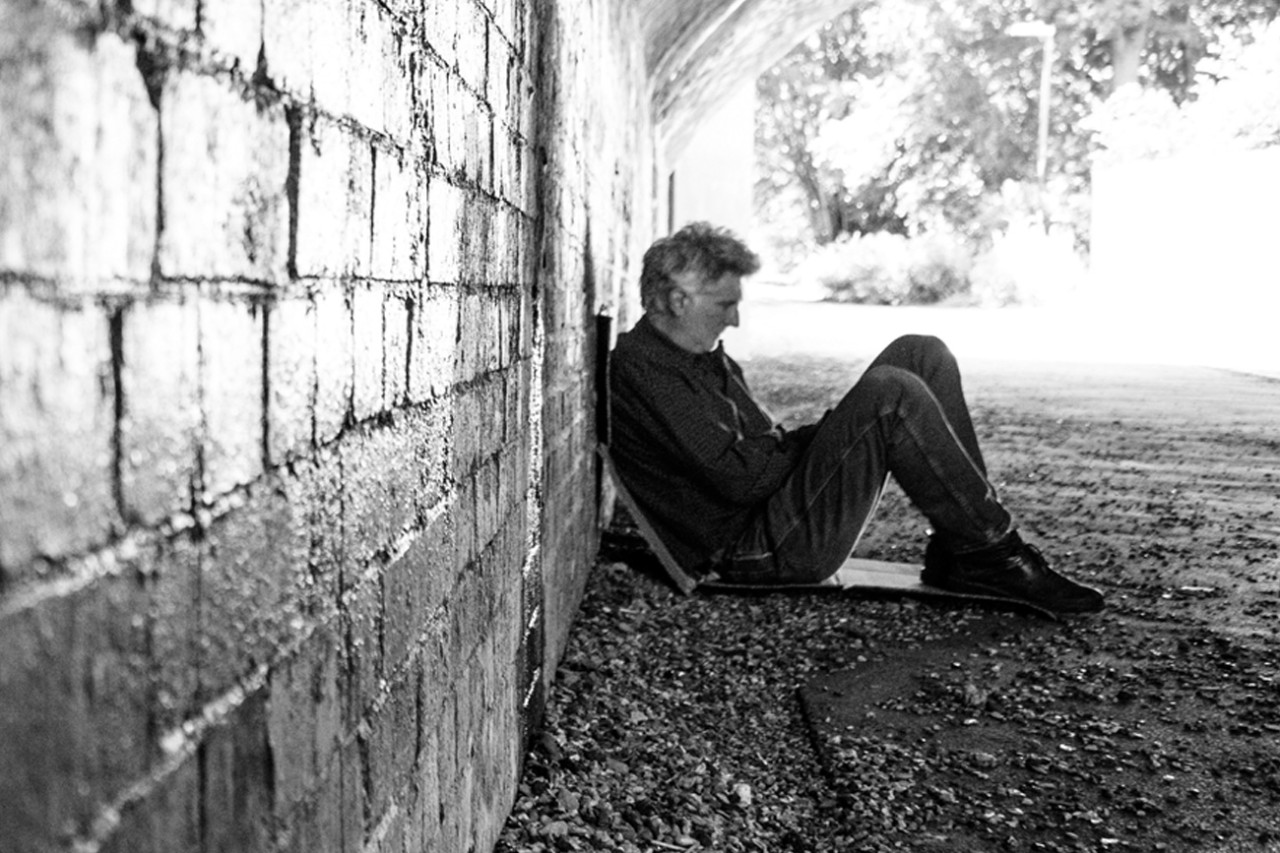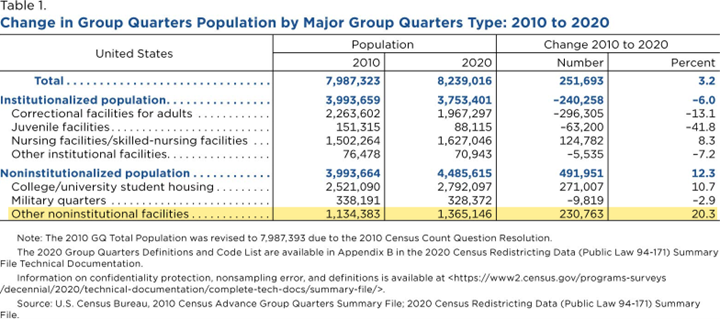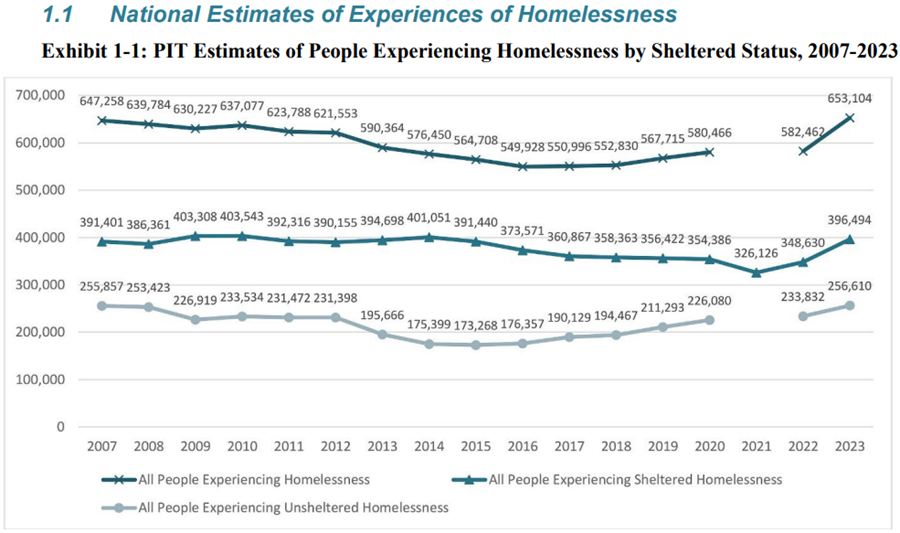Homeless Persons’ Memorial Day: December 21, 2023
Homeless Persons’ Memorial Day: December 21, 2023
“The National Consumer Advisory Board, the National Coalition for the Homeless and the National Health Care for the Homeless Council encourage our constituents to organize or take part in Homeless Persons’ Memorial Day (HPMD) events on or around December 21st, the first day of winter and the longest night of the year. Learn why we remember this day each year through our HPMD Advocacy Agenda.”

From a U.S. Department of Housing and Urban Development press release December 15, 2023:
The 2023 Annual Homeless Assessment Report (AHAR) to Congress
2023 AHAR: Part 1 - PIT Estimates of Homelessness in the U.S.
“On a single night in 2023, roughly 653,100 people – or about 20 of every 10,000 people in the United States – were experiencing homelessness. Six in ten people were experiencing sheltered homelessness—that is, in an emergency shelter (ES), transitional housing (TH), or safe haven (SH) program—while the remaining four in ten were experiencing unsheltered homelessness in places not meant for human habitation.”
Key Stats
Service-based enumeration provided an opportunity for people without conventional housing and those who may have been experiencing homelessness to be counted in the census.
Through this process, people who were not included in counts of traditional household-type living arrangements or group quarters were enumerated where they stayed or received services or at predetermined outdoor locations.
The Census Bureau in 2021 released the population in other noninstitutional facilities, which includes emergency and transitional shelters and other group quarters, for 2020 as part of the Decennial Census P.L. 94-171 Redistricting Data (Table 1). Additional data for the population in transitional and emergency shelters can be found in Table PCT19 Group Quarters Population by Sex by Age by Group Quarters Type of the 2020 Demographic and Housing Characteristics File (DHC).
Note: Other noninstitutional facilities’ population increased 20.3% to 1,365,146, but this number represents both people in serviced-based group quarters and other group quarters (Table 1). Other noninstitutional facilities consist of a diverse set of GQ types, including emergency and transitional shelters for people experiencing homelessness, soup kitchens that offer meals to people experiencing homelessness, targeted nonsheltered outdoor locations, group homes intended for adults, residential treatment centers for adults, and workers group living group quarters and job corps centers.
Service-Based Enumeration. As part of the Group Quarters operation, census takers worked with service providers to count people experiencing homelessness at places like soup kitchens, shelters, regularly scheduled food vans, and pre-identified outdoor locations such as parks and under bridges.
The start of Service-Based Enumeration was delayed about six months because of the COVID-19 pandemic. It began on September 22 and ended on September 29.
More Stats
From the Library:
From the Newsroom:
Outside Links
Note: HUD releases the Annual Homeless Assessment Report (AHAR) to Congress in two parts. Part 1 provides Point-in-Time estimates of homelessness, offering a snapshot of homelessness on a single night in late January of each year. The above exhibit is on page 2 of the 2023 AHAR to Congress.






